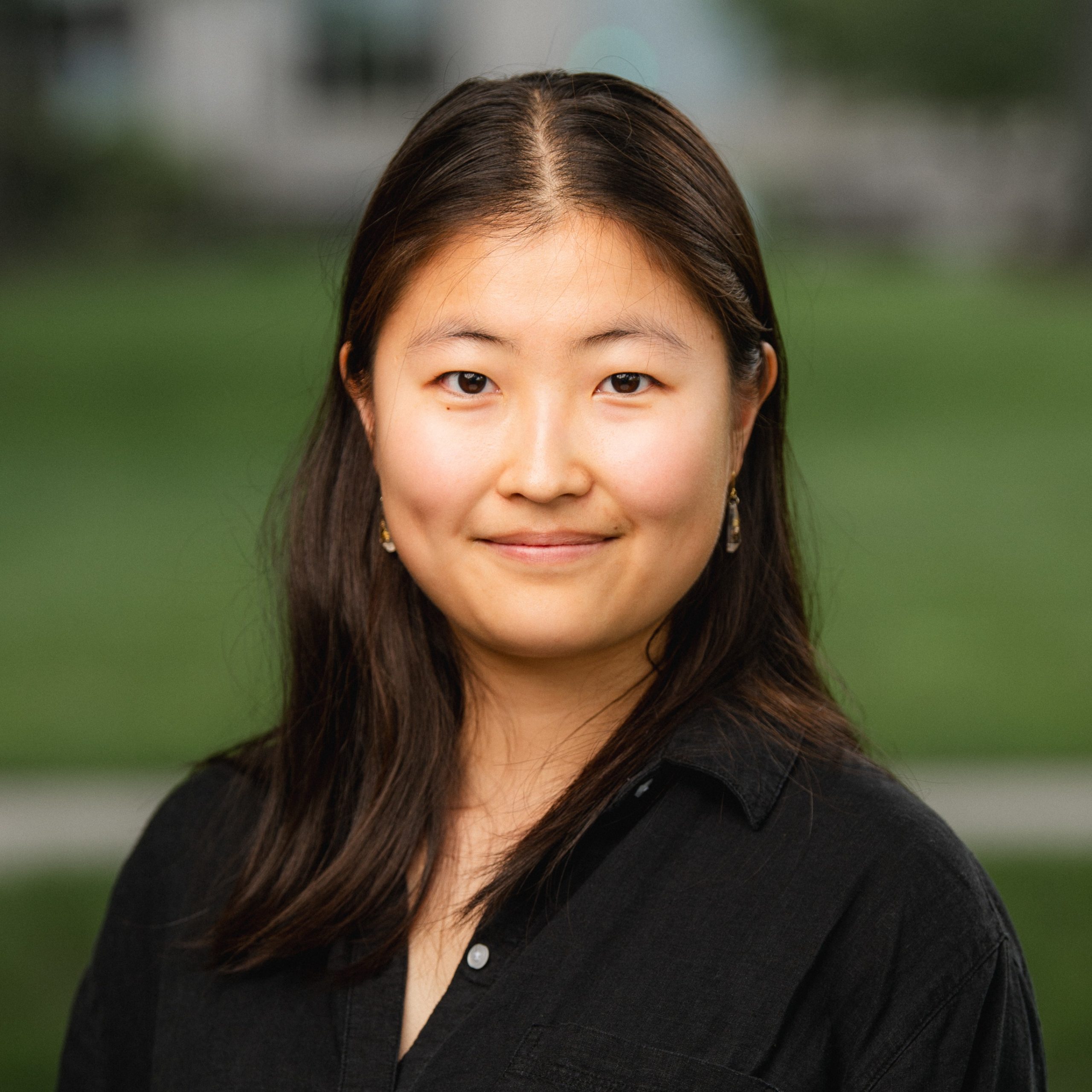Mao Koike

MIT Department: Physics
Faculty Mentor: Prof. Senthil Todadri
Research Supervisor: Leyna Shackleton
Undergraduate Institution: Middlebury College
Website:
Biography
Mao Koike is a rising senior at Middlebury College, majoring in Physics and Mathematics.During her third semester at Middlebury, she took a course on mathematical methods for physics, which sparked her interest in the intersection between physics and mathematics. Her first research experience at Middlebury College followed soon after, where she computed the quantum energy density of a cosmic string with nonzero radius. This further stimulated her interest in theoretical physics, leading to her research at the Massachusetts Institute ofTechnology with Professor Senthil Todadri in condensed matter theory. This work specifically focused on the occurrence of time-reversal symmetry breaking in a two-dimensional system of fermions on a Kagome lattice. Mao is also passionate about cultivating interest in physics outside the physics community, and has organised a Schlieren imaging demonstration as well asa High Altitude Balloon launch, collecting muon detection data. She hopes to continue pursuing a career in research and plans to attend graduate school in the future.
Abstract
Anyon-Driven Magnetism in Frustrated Spin Systems
Mao Koike1, Leyna Shackleton2, and Senthil Todadri2
1Department of Physics, Middlebury College
2Laboratory for Physics, Massachusetts Institute of Technology
The Project 8 Experiment is pioneering the Cyclotron Radiation Emission SpNovel phases and phase transitions of matter have been topics of interest in condensed matter physics. One such system is a spin-½ square-lattice Heisenberg model with the nearest-neighbour and next-nearest-neighbour Heisenberg interactions, as well as the scalar spin chirality coupling. In this system, a phase transition from the Néel antiferromagnetic (AFM) phase to the Kalmeyer-Laughlin chiral spin liquid (KL CSL) phase has been shown numerically with increased chiral coupling. Antiferromagnets are characterised by the alignment of spins, whereas the CSL, a class of quantum spin liquids (QSL), is characterised by the disorder of spins, even at low temperatures. Now, our question is this: What happens to the system as we insert a magnetic field? A magnetic field induces a finite density of quasiparticles called anyons in a CSL, and the resulting phase transition to a magnetically-ordered state may be unconventional and driven by these anyons. To answer this question, we use the density matrix renormalisation group (DMRG), which has proven effective in solving for low-energy states. We compute the Néel order and the scalar spin chirality of the ground state in order to determine the phase and the behaviour of the system in the presence of a magnetic field.